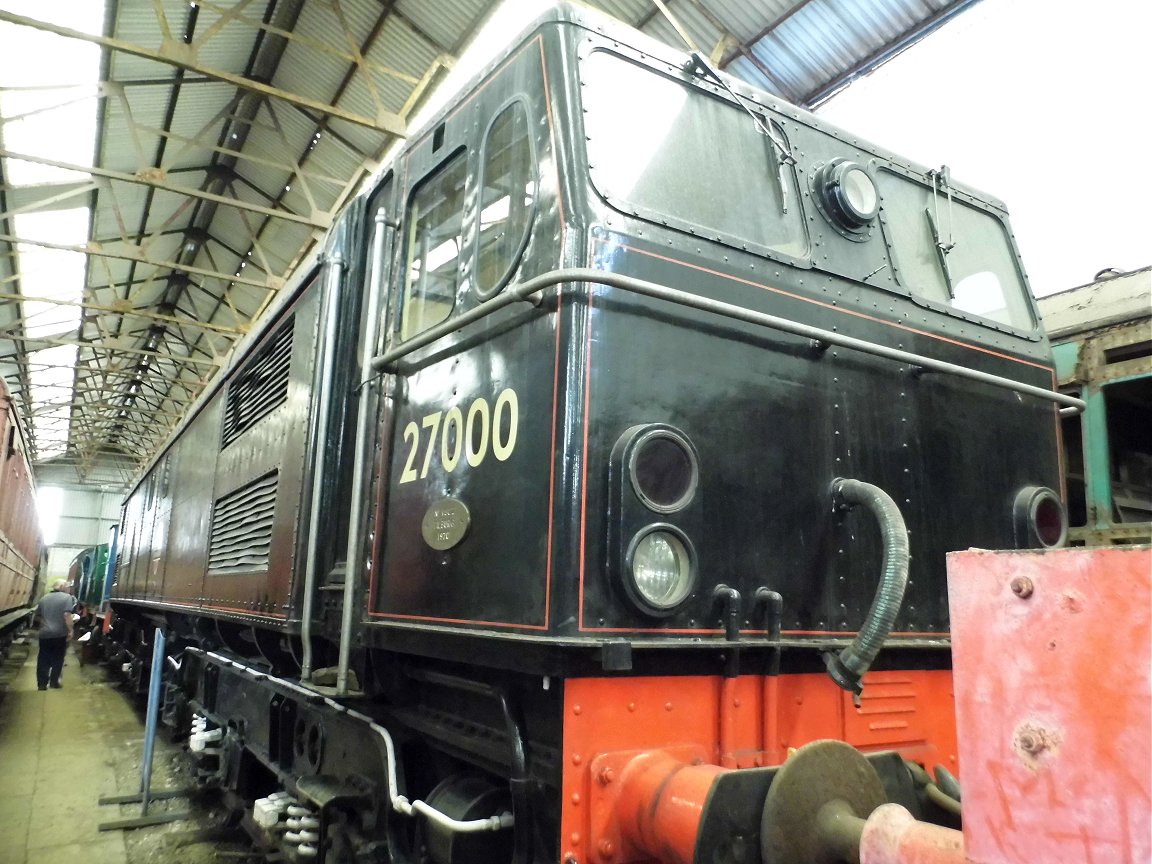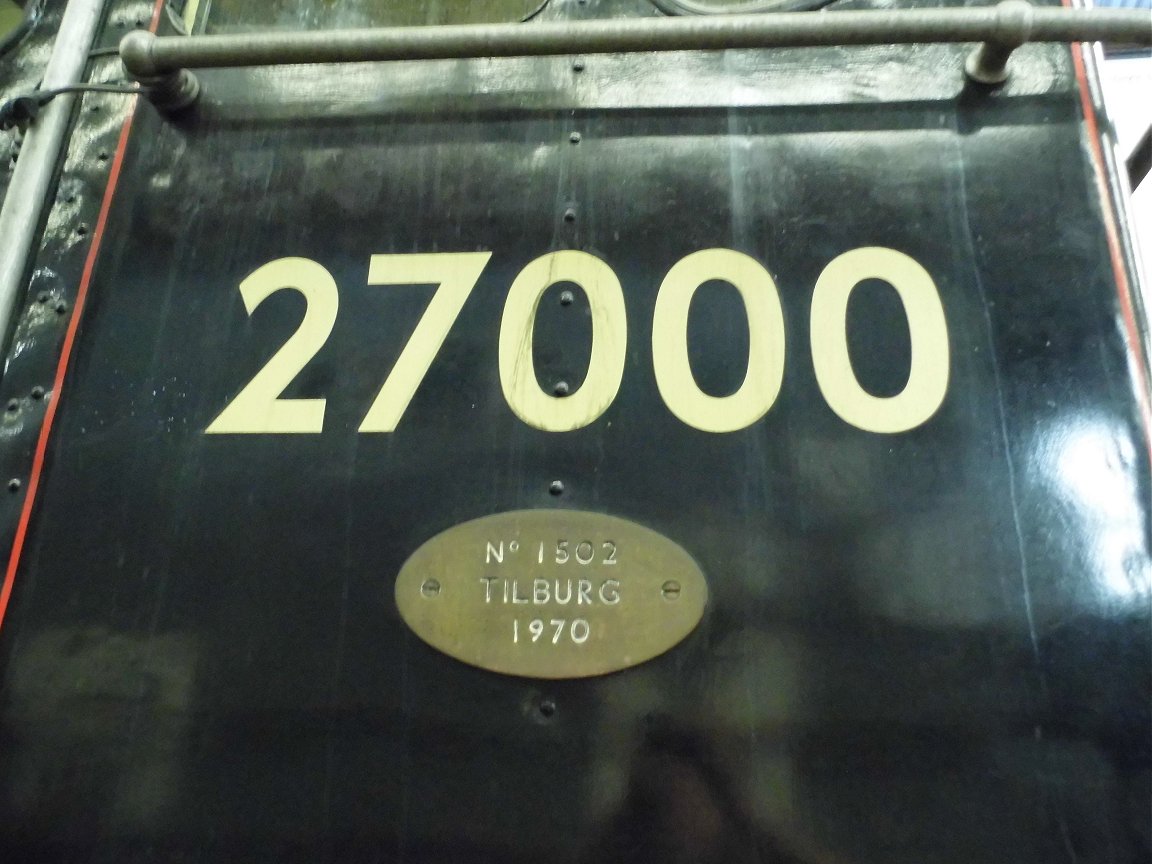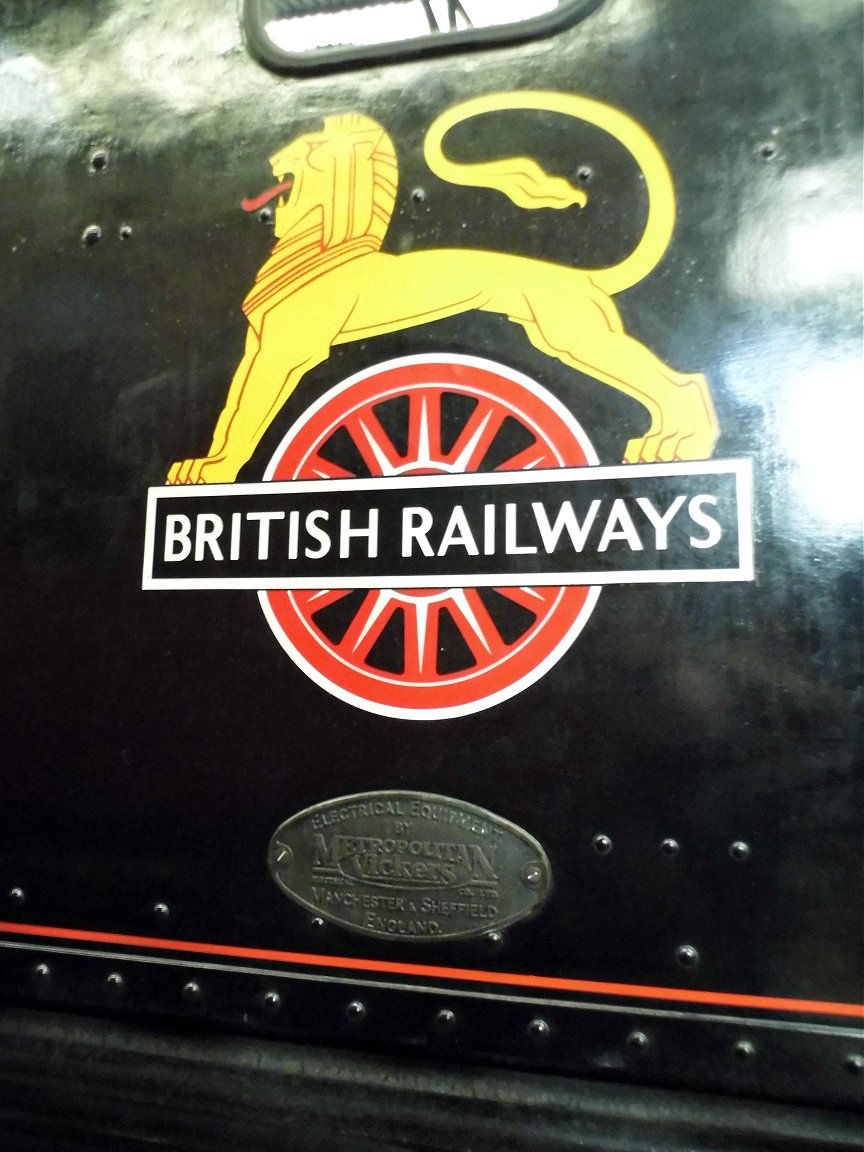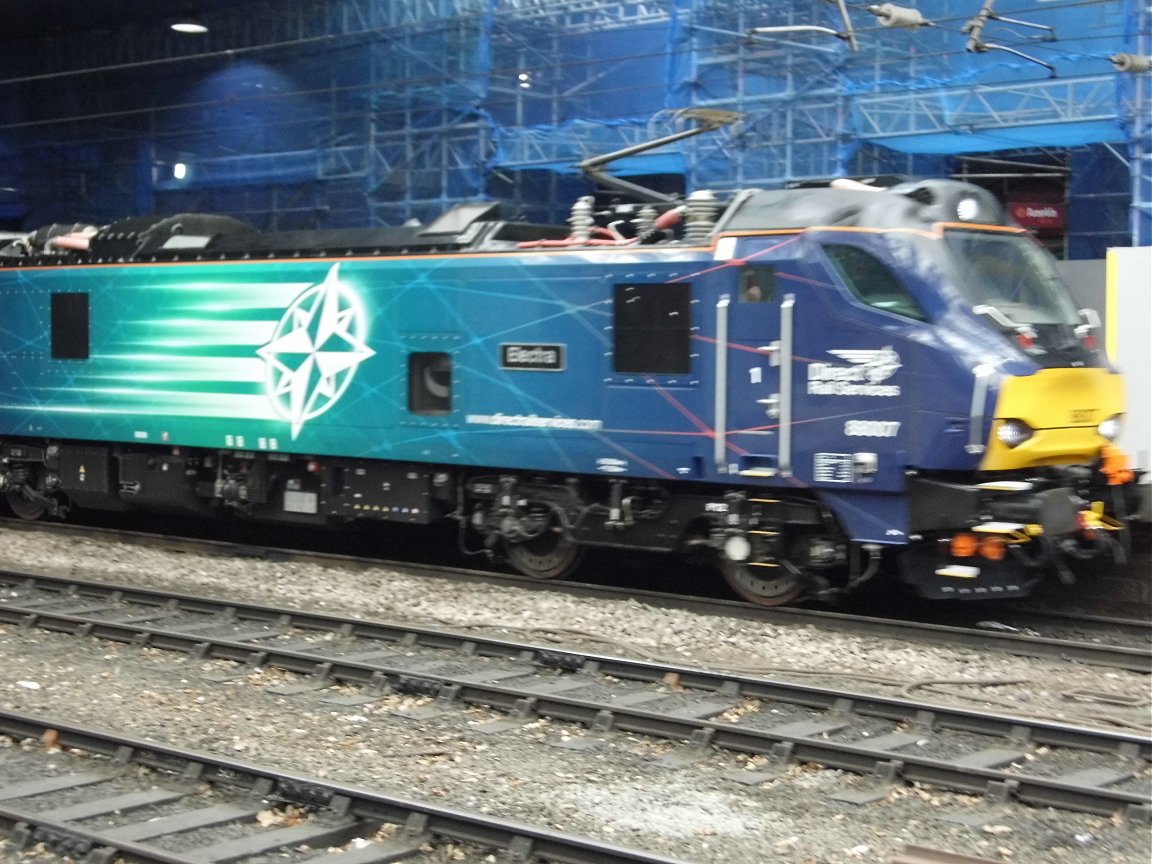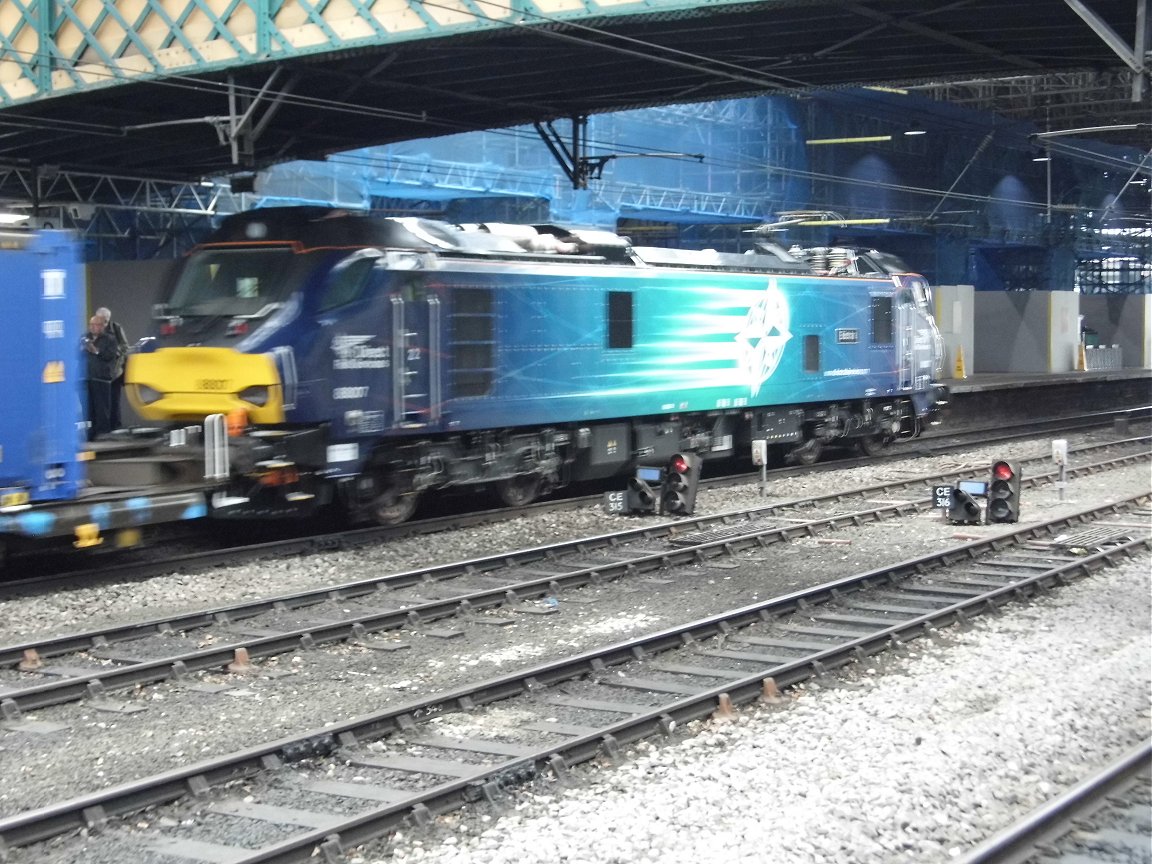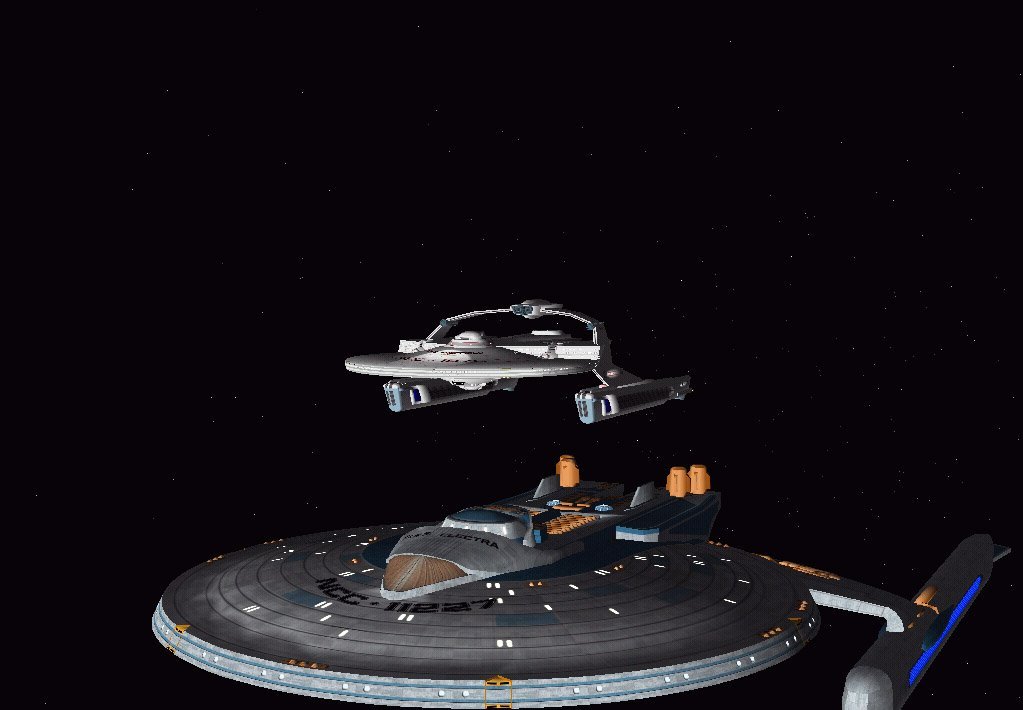

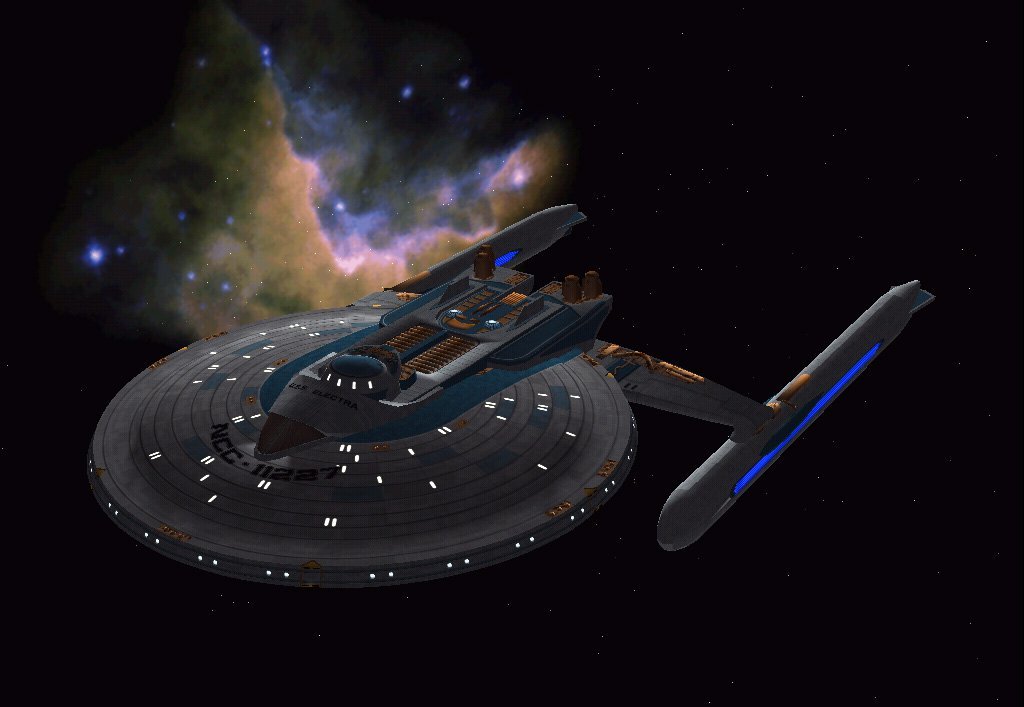 Captain's Log, stardate 11474.6, Commander Scartine commanding. The Electra has been docked at Starbase 52 for the past eight hours. Shore leave is a most important aspect of any starship patrol. So far so good, only two members of the crew have been reported for harrassing the Orion slave girls down there, although I thought higher of Lieutenant Mendez. Starfleet has allocated three days for stop here. I just hope that the crew doesn't riot too much when we have to leave. End log.
Captain's Log, stardate 11474.6, Commander Scartine commanding. The Electra has been docked at Starbase 52 for the past eight hours. Shore leave is a most important aspect of any starship patrol. So far so good, only two members of the crew have been reported for harrassing the Orion slave girls down there, although I thought higher of Lieutenant Mendez. Starfleet has allocated three days for stop here. I just hope that the crew doesn't riot too much when we have to leave. End log.
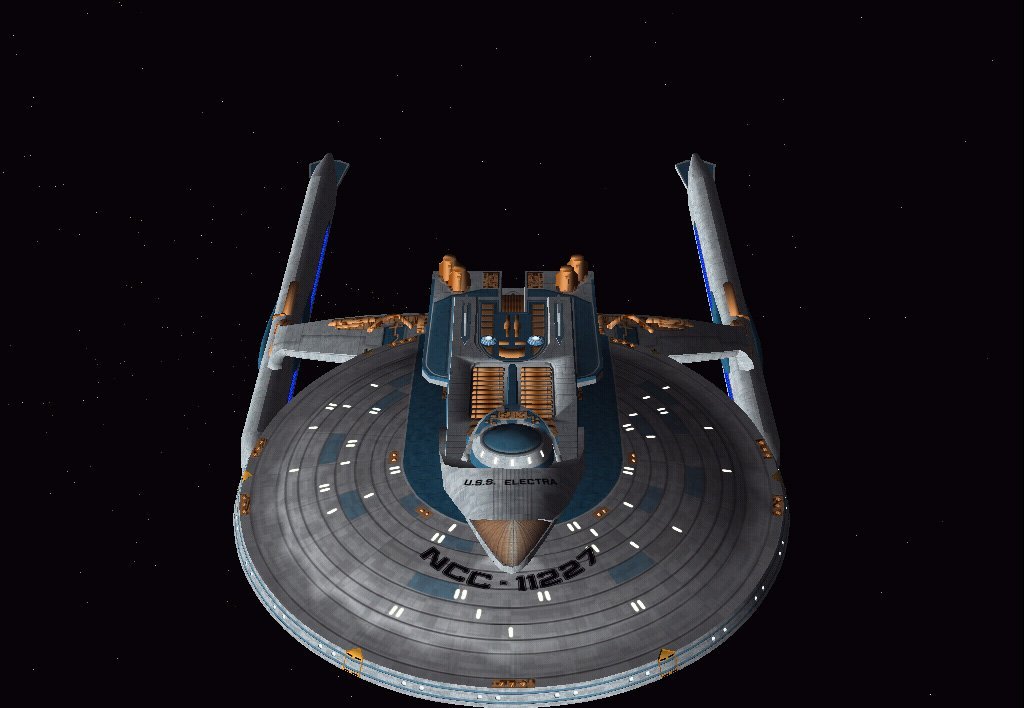 Primary Hull:
Primary Hull: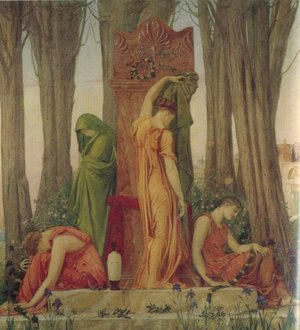 In Greek mythology, several persons were named Electra (also spelled Elektra):
In Greek mythology, several persons were named Electra (also spelled Elektra): 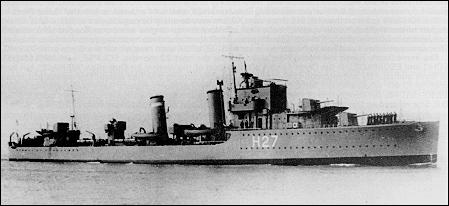
| Date | Timeline of major events |
| 13th June 1940 | Damaged in a collision in Norway |
| May 1941 | Took part in the hunt for Bismark in North Atlantic |
| 24th May 1941 | First to arrive on the scene of the sinking of HMS Hood. She quickly picked up the three men, searched for other survivors, found none, then departed. The men were landed at Reykjavik, Iceland late on 24 May |
| 10th December 1941 | Part of Force Z - Singapore, Malaysia. Rescued casualties from HMS Repulse |
| 27th February 1942 | Battle of Java Sea: sunk by the Jintsu, Asagumo. |
